Symptoms of diabetes in cats
There are two types of diabetes
In type 1 diabetes no insulin is produced because the insulin-producing cells are destroyed in the pancreas. Cats, however, are more affected by type 2 diabetes.
In type 2 diabetes the insulin has lost its effectiveness because the cell does not react sensitively to the docking of insulin – you can also call it insulin resistance. In type 2 diabetes, the insulin production is often disturbed.
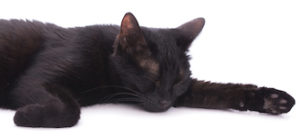 Main features of both forms of disease is the permanent increase in blood sugar levels. In the beginning of the disease the symptoms of diabetes are usually poorly developed and are therefore easily overlooked. The cats drink more (polydipsia) and also excrete more water (polyuria). They can act tired. Striking might be the cravings – especially when they lose weight even though they eat a lot. But obesity can occur together with diabetes mellitus. Especially in cats, this is, however, likely to be a cause rather than a consequence of the hormonal disorder.
Main features of both forms of disease is the permanent increase in blood sugar levels. In the beginning of the disease the symptoms of diabetes are usually poorly developed and are therefore easily overlooked. The cats drink more (polydipsia) and also excrete more water (polyuria). They can act tired. Striking might be the cravings – especially when they lose weight even though they eat a lot. But obesity can occur together with diabetes mellitus. Especially in cats, this is, however, likely to be a cause rather than a consequence of the hormonal disorder.
Symptoms of diabetes in cats: Diabetes disrupts many body functions
In addition, cats with diabetes often have a dull coat. In individual cases, hindleg weakness and exaggerated “square” (ataxic) movements. Since diabetes mellitus messes with the balance of the energy levels of the whole organism, many organs and body functions are severely disrupted. For example, the wound healing becomes more difficult and it weakens the immune system. Persistent urinary tract infections can occur. Often diabetics also suffer Circulatory disorders. Pet owners fear the development of diabetic ketoacidosis: Animals with diabetic ketoacidosis show symptoms of dehydration, they vomit, consciousness is clouded, they are listless and may eventually fall into a coma. With these symptoms, the animal must immediately receive veterinary treatment. The diagnosis of diabetes mellitus is made by the veterinarian using various blood and urine tests.
Syringe twice a day
Primarily, it is all about lowering blood sugar levels to keep them constant and stabilize the energy levels. Most diabetic animals must be treated with insulin. Normally the hormone is injected twice a day under the skin. Usually, the administration of insulin is shortly before a meal. However, it can lead to hypoglycaemia in this method, if the cat refuses food. Therefore, it´s suggested to pet owners of poor eater sometimes to inject the cat after the meal. A dangerous hypoglycemia may also occur when the cat vomits or if she´s not very active.
In exceptional cases use pills instead of syringe
In a few cases of diabetes in cats they can take pills, so called oral agents. These drugs stimulate the pancreas to produce the body’s own insulin. But these drugs are effective only in the initial stage of the disease and may cause side effects.
 It´s necessary to change the diet
It´s necessary to change the diet
Most diabetic cats require treatment with insulin. Another cornerstone of diabetes treatment is the diet. In principle, overweight animals should lose weight. Cats respond very well to a special diabetic diet that consists mainly of proteins and fat. When this protein-rich, starchy diet is strictly adhered to, the insulin can be reduced in many cases. It is important, furthermore, that the energy content of daily meals is always about the same, because the insulin dose is adjusted accordingly.
Natural diabetes treatment as a complement
To treat the causes rather than the symptoms it´s recommendable to apply complimentary methods to imcrease the cat´s life quality and help the body to heal itself. Cat reflexology can be a miracle worker for your pet if you are willing to treat your cat on a regular basis, just as you do with the insulin treatment.
Symptoms of diabetes in cats, as well as the causes can be treated using the yellow reflex therapy protocols.
Life is still long and well
Large fluctuations of the energy levels could lead to hyperglycaemia. In addition, several small meals are better for the diabetics on four paws than a sumptuous meal a day. A regular daily routine with fixed feeding times is essential to keep the dangerous fluctuations in blood sugar in check. The treatment of diabetes requires a lot of commitment, consistency and persistence, but those who master the challenges of everyday life with a diabetic pet will be rewarded with an animal that despite his illness has a relatively high life expectancy and can enjoy this life in the fullest.
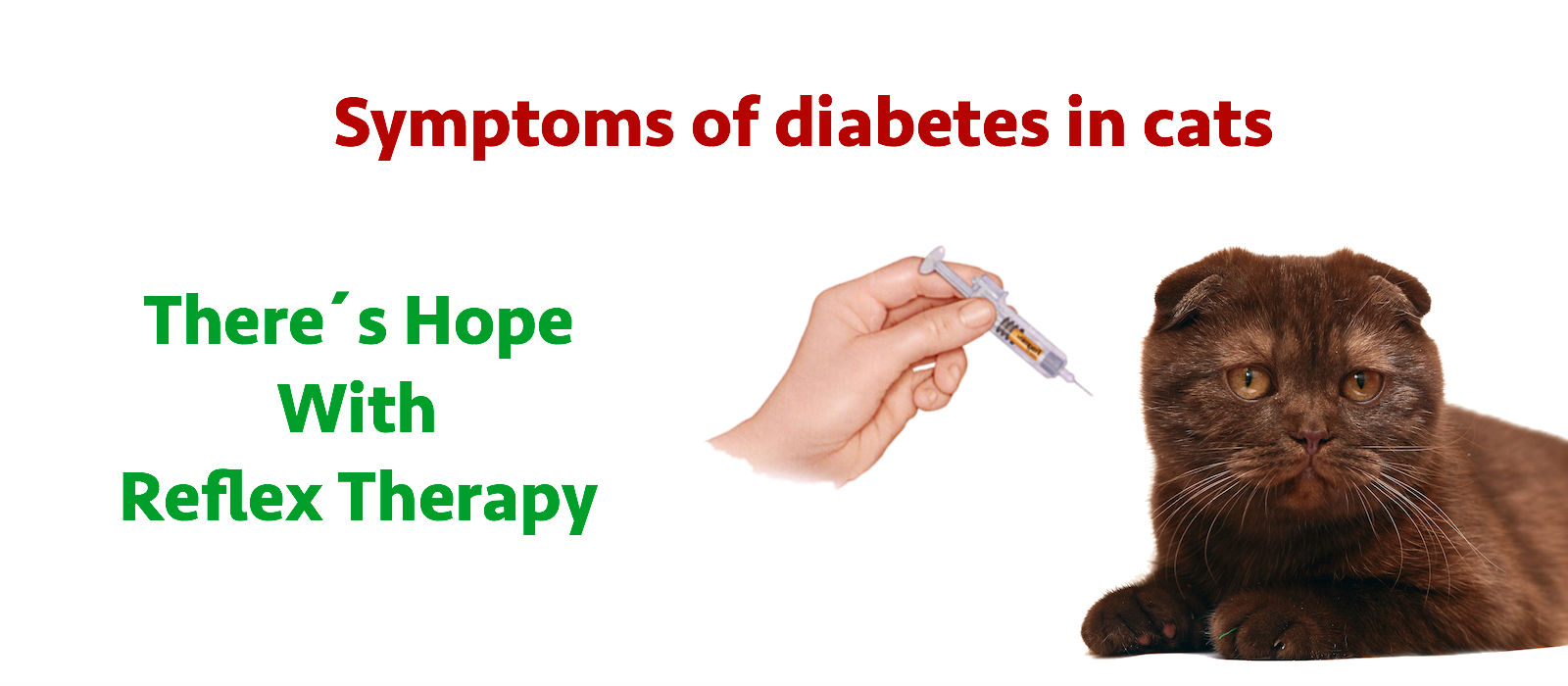
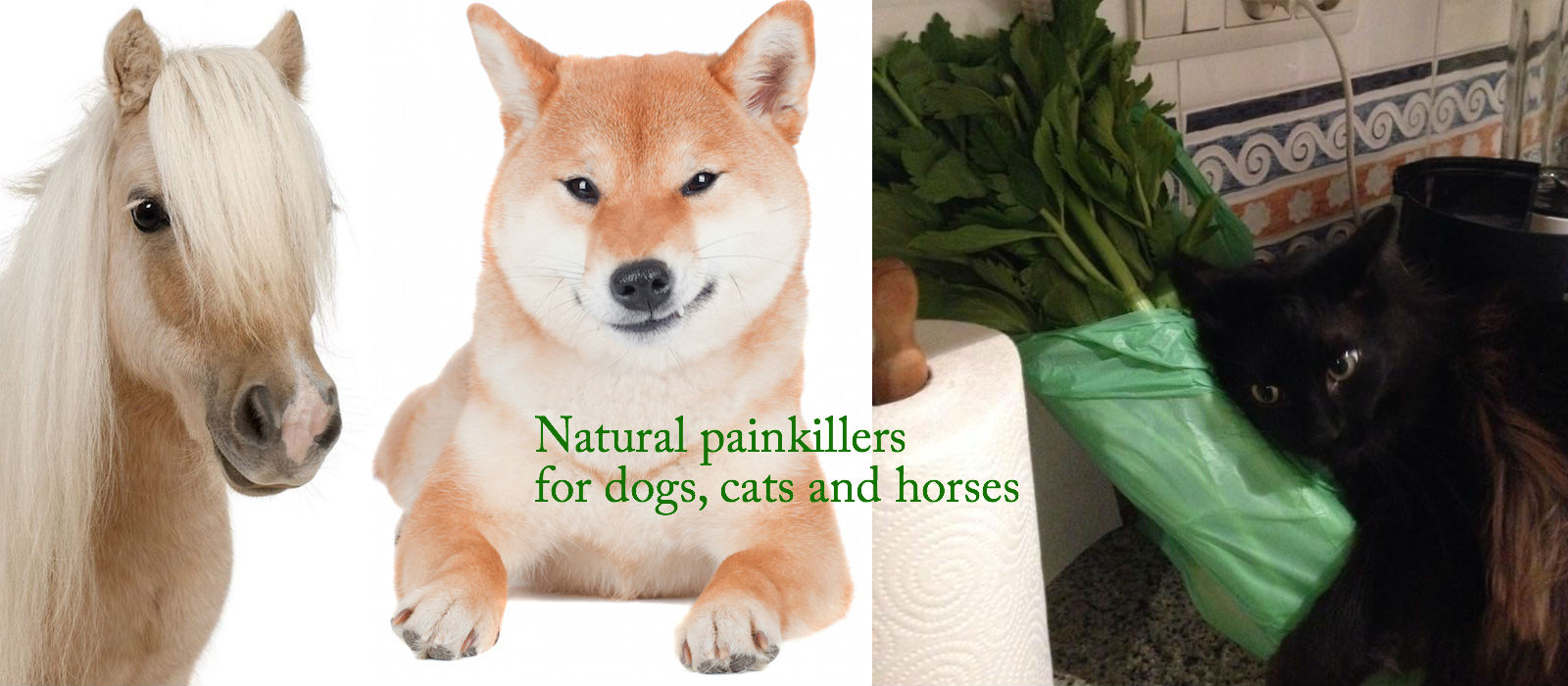
 Recently, I got an email from a dog owner. His favorite four-legged friend was suffering from various inflammatory and degenerative musculoskeletal disorders which were treated with painkillers for a long time, after which the animal had suffered a perforation. The man knew his dog´s illness very well and was super informed. He reported that his family had already tried everything and asked me now, if I had any idea of what to do.
Recently, I got an email from a dog owner. His favorite four-legged friend was suffering from various inflammatory and degenerative musculoskeletal disorders which were treated with painkillers for a long time, after which the animal had suffered a perforation. The man knew his dog´s illness very well and was super informed. He reported that his family had already tried everything and asked me now, if I had any idea of what to do. The NSAID or NSAP only fight the symptoms. They inhibit pain transmission and inflammation. According to studies, plants can do more than that. And so we’ll get to another herbal painkiller and anti-inflammatory that is often underestimated or not detected: the nettle. Several studies showed that the nettle does not only have analgesic and anti-inflammatory effects, but also engages directly in the inflammatory process. How does it do it? It inhibits cytokines. These are the body’s own messengers that, in a complex sequence of events such as the attack of cartilage, lead to inflammation. Thus, there is direct intervention in the pathological event. Therefore, the nettle is not only a herbal painkiller and anti-inflammatories in the acute stage for horses, dogs and cats, but also a wonderful prophylaxis agents for example, Osteoarthritis predisposed animals in the early stages, etc.
The NSAID or NSAP only fight the symptoms. They inhibit pain transmission and inflammation. According to studies, plants can do more than that. And so we’ll get to another herbal painkiller and anti-inflammatory that is often underestimated or not detected: the nettle. Several studies showed that the nettle does not only have analgesic and anti-inflammatory effects, but also engages directly in the inflammatory process. How does it do it? It inhibits cytokines. These are the body’s own messengers that, in a complex sequence of events such as the attack of cartilage, lead to inflammation. Thus, there is direct intervention in the pathological event. Therefore, the nettle is not only a herbal painkiller and anti-inflammatories in the acute stage for horses, dogs and cats, but also a wonderful prophylaxis agents for example, Osteoarthritis predisposed animals in the early stages, etc.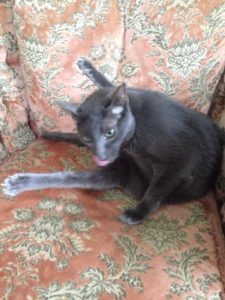 Yes, the poor cats are somewhat at a disadvantage as opposed to horses and dogs in terms of herbal painkillers. Because of their
Yes, the poor cats are somewhat at a disadvantage as opposed to horses and dogs in terms of herbal painkillers. Because of their 
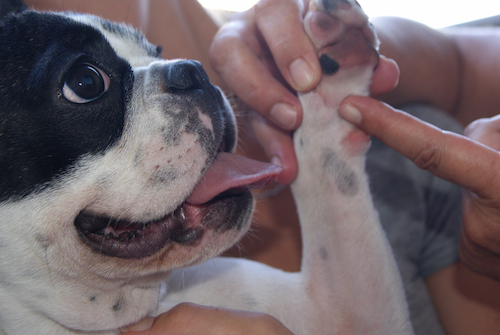 In horses, dogs and cats the most effective reflexology areas are on the head, paws and ears. Only these parts of the body have nerve endings which are sufficiently pronounced. The brain and spinal cord (= energy source) are the main switching areas for energy changes. Here all of the organ zones are displayed and can be treated with the reflexology. Each disease is an energy flow disturbance. With animal reflexology the energy flow is stimulated and thus activates the self-healing power.
In horses, dogs and cats the most effective reflexology areas are on the head, paws and ears. Only these parts of the body have nerve endings which are sufficiently pronounced. The brain and spinal cord (= energy source) are the main switching areas for energy changes. Here all of the organ zones are displayed and can be treated with the reflexology. Each disease is an energy flow disturbance. With animal reflexology the energy flow is stimulated and thus activates the self-healing power.
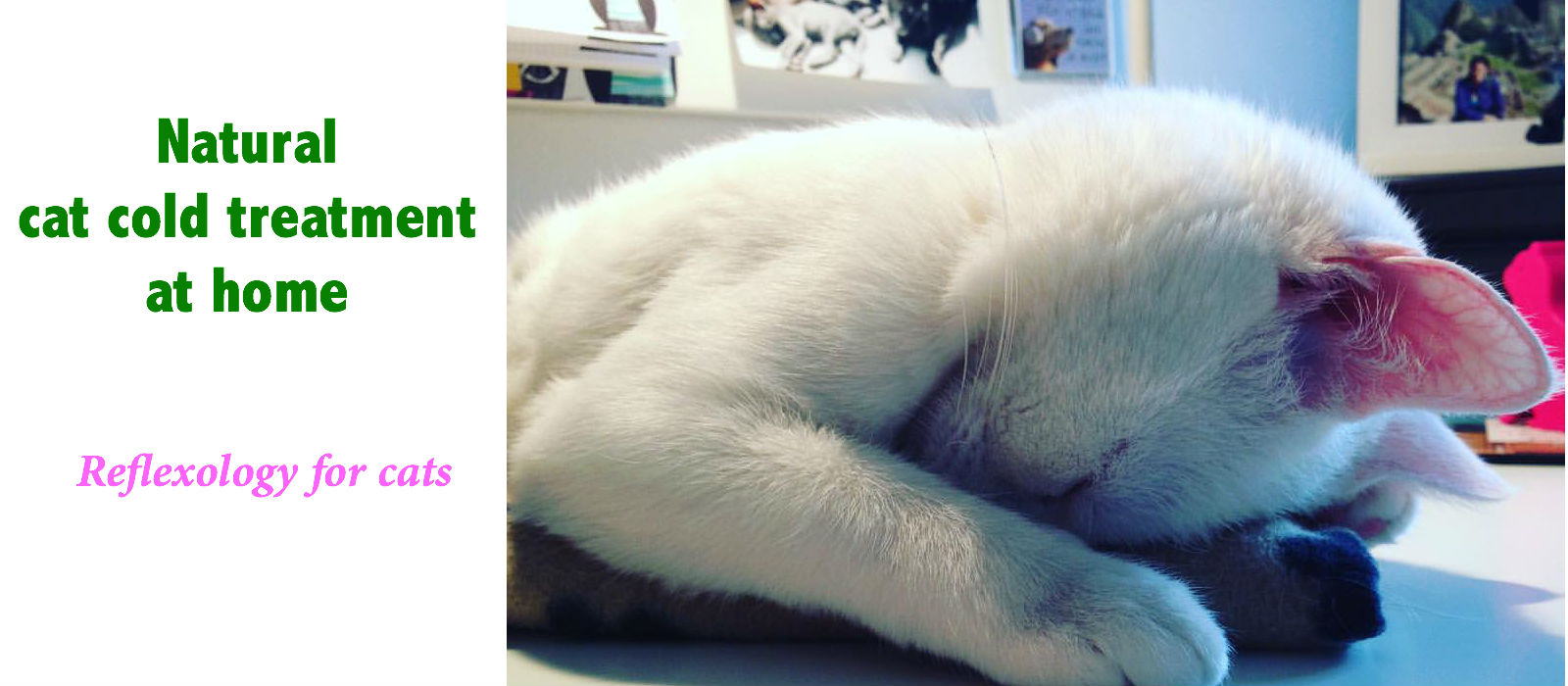
 My cat Coco, 11 months old, was recently sterilized. She was very nervous when we went to the vet and with tears in my eyes I left her shivering with the lady who was going to perform the operation. Three hours later I was able to pick her up and the operation had been a success.
My cat Coco, 11 months old, was recently sterilized. She was very nervous when we went to the vet and with tears in my eyes I left her shivering with the lady who was going to perform the operation. Three hours later I was able to pick her up and the operation had been a success.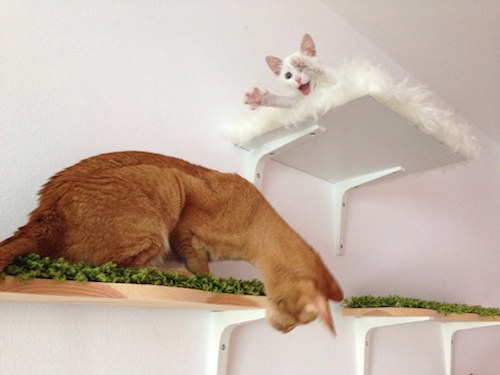
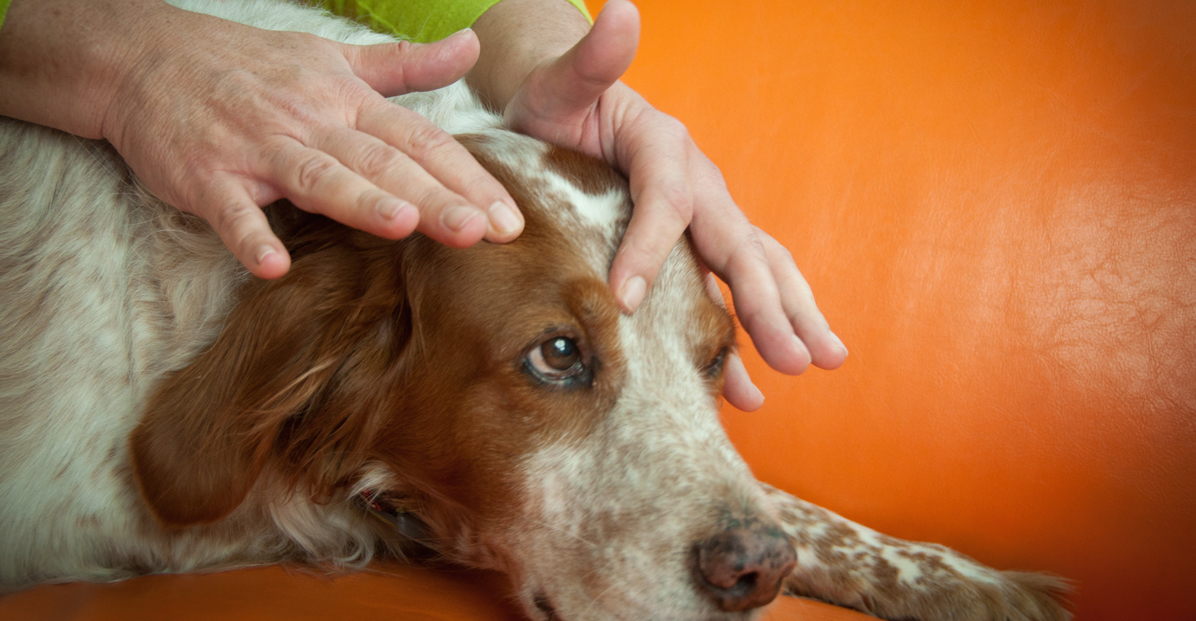
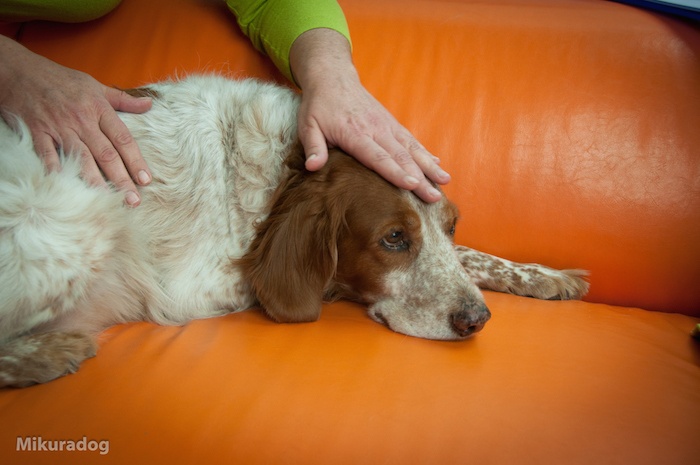 Trigger point massage
Trigger point massage